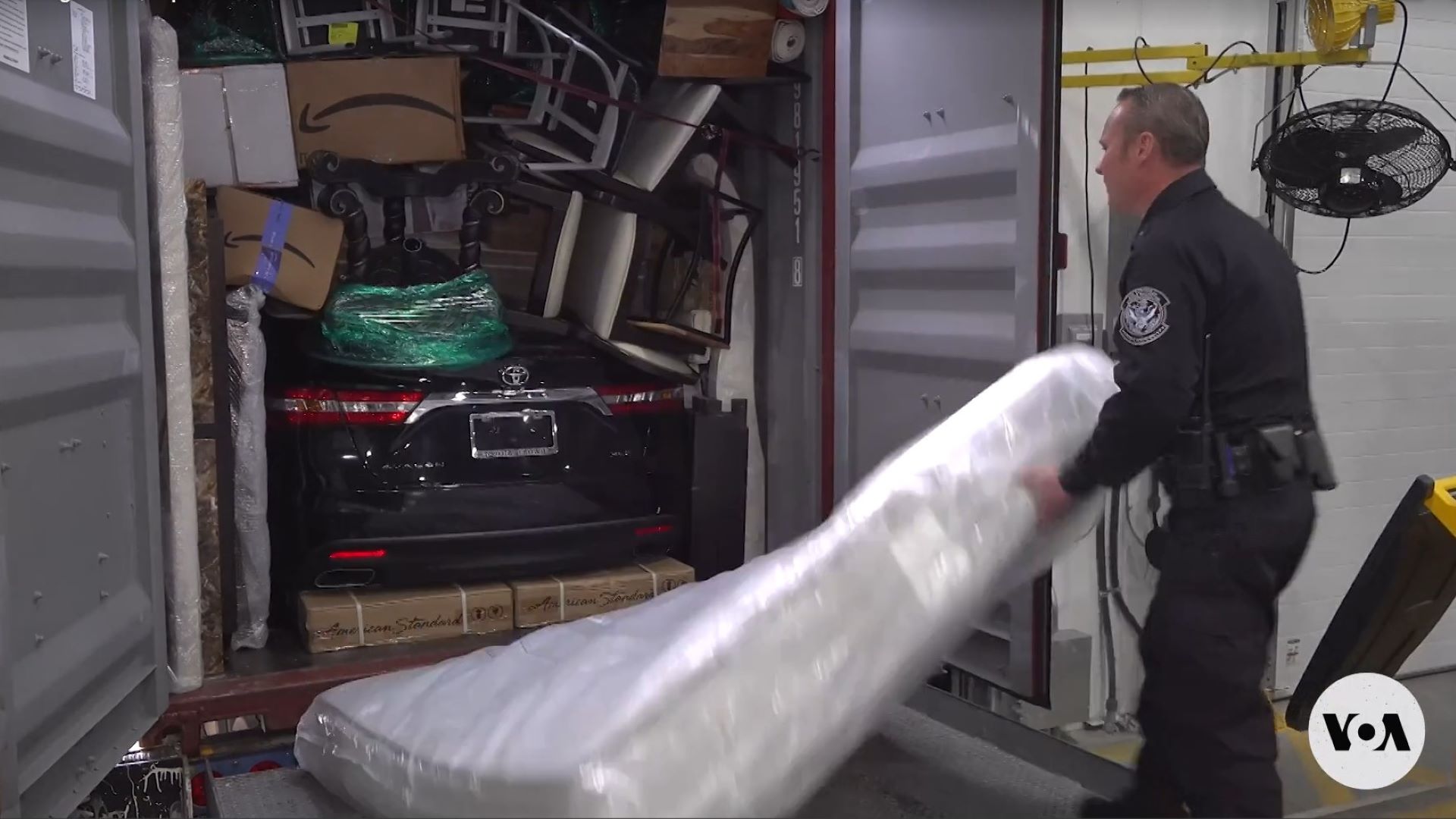Here’s How Cars are Smuggled Overseas—And What Customs Is Doing to Stop It
Port authorities painstakingly check manifests and physically inspect cargo to find stolen cars amongst innocuous items like furniture and flooring. The post Here’s How Cars are Smuggled Overseas—And What Customs Is Doing to Stop It appeared first on The Drive.

Auto theft is and will likely be an ongoing problem. Blame pandemic boredom, viral social media videos, or sneakier stealers, but the number of stolen vehicles has increased since 2020 after declining since the early part of the 2010s. There are enough domestic crime rings to keep city, county, and state authorities busy. The feds also contend with ever-enterprising criminals who move vehicles out of the country before most owners report them missing.
An investigative report from Voice of America (VOA) highlights the efforts of U.S. Customs and Border Protection (CBP) agents at the Port of Baltimore. One of the busiest ports in the U.S., Baltimore ranks 17th in total tonnage volume but is 10th in dry bulk, which refers to non-liquid, non-perishable goods such as grains, ores, and minerals. Vehicles are designated as roll-on/roll-off (RoRo) and transported on different ships. Of course, criminals don’t follow the rules.

Port of Baltimore CBP Director Adam Rottman says the agency inspects several hundred vehicles daily. Even though the CBP doesn’t have the manpower to check every shipping container, they find at least one illegal car during everyday random searches, aided by mobile X-ray trucks that can scan entire containers in minutes. The list of confiscated vehicles reads like an inventory manifest at your local used car lot.
“…a Kia purchased fraudulently at auction in New Jersey is bound for Ghana; a Mercedes-Benz valued at $48,000, purchased with a stolen identity in Ohio, is slated for shipment to Togo; a $75,000 Ford Raptor inside a container with one or two additional stolen vehicles and boxes of new power tools,” reported VOA.
That last part about the power tools? Yeah, that’s how the vehicles are hidden within the cargo. Buried under, over, or behind household items like furniture, mattresses, toilet paper, flooring—basically anything that will smother a car but also not look suspicious in large quantities. If a vehicle hidden under a stack of chairs wasn’t a giveaway, then the wrong VINs are second.
“They’ll take the VIN on the dashboard on your windshield [and] they’ll make a fake VIN,” explained Rottman. “They’ll put it over the top, glue it on, so it would come up [on computer databases] clean, or it’s not on file when we look it up.” In the case of a stolen Ford F-150 Raptor, “we noticed the checked digit on the VIN doesn’t match what’s supposed to be on a Ford truck.”




Also, the final destination of these contraband cars is more likely than not located in West Africa. “I’d say 90 to 95 percent of every one of our stolen automobiles is headed to West Africa,” Rottman told VOA.
Alex Piquero, a criminology professor at the University of Miami, adds that other destinations include Asia and the Middle East, but the main issue is the speed at which the thefts happen.
“There are people who are stealing cars and car parts to sell them very quickly in the local markets,” said Piquero. “And then there are people literally stealing cars and putting them on containers and selling them, shipping them all over the world.”
Rental cars are a popular target as criminals will borrow them for a 30-day period. However, within that span, the vehicle could have its VIN changed, been driven into a cargo carrier, shipped overseas, and sold. The rental agency wouldn’t even know to file a missing vehicle report until the end of the rental period.
Regardless of where the vehicle is snatched from, the buyer on the other end might not be aware that it is stolen property and, worse yet, know nothing of the vehicle’s history. That includes whether it was involved in an accident, has a salvage title, or was poorly maintained. This puts the new owner and their passengers at risk while also funding criminal enterprises, unknowingly or otherwise.
If playing the numbers game, it’s easy to see how criminals can get away with it. U.S. authorities say cooperation from African nations with Interpol and other international agencies is improving, but still inconsistent. Every step forward is a step in the right direction, albeit unlikely to keep up with criminals’ pace.
Got tips? Send ’em to tips@thedrive.com
The post Here’s How Cars are Smuggled Overseas—And What Customs Is Doing to Stop It appeared first on The Drive.
What's Your Reaction?


















































































